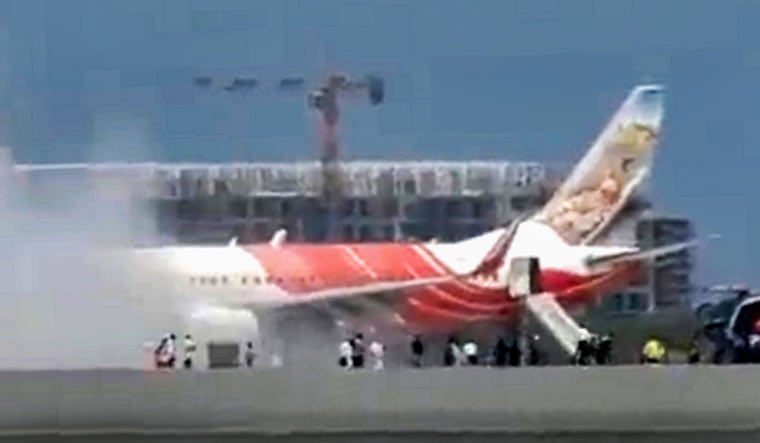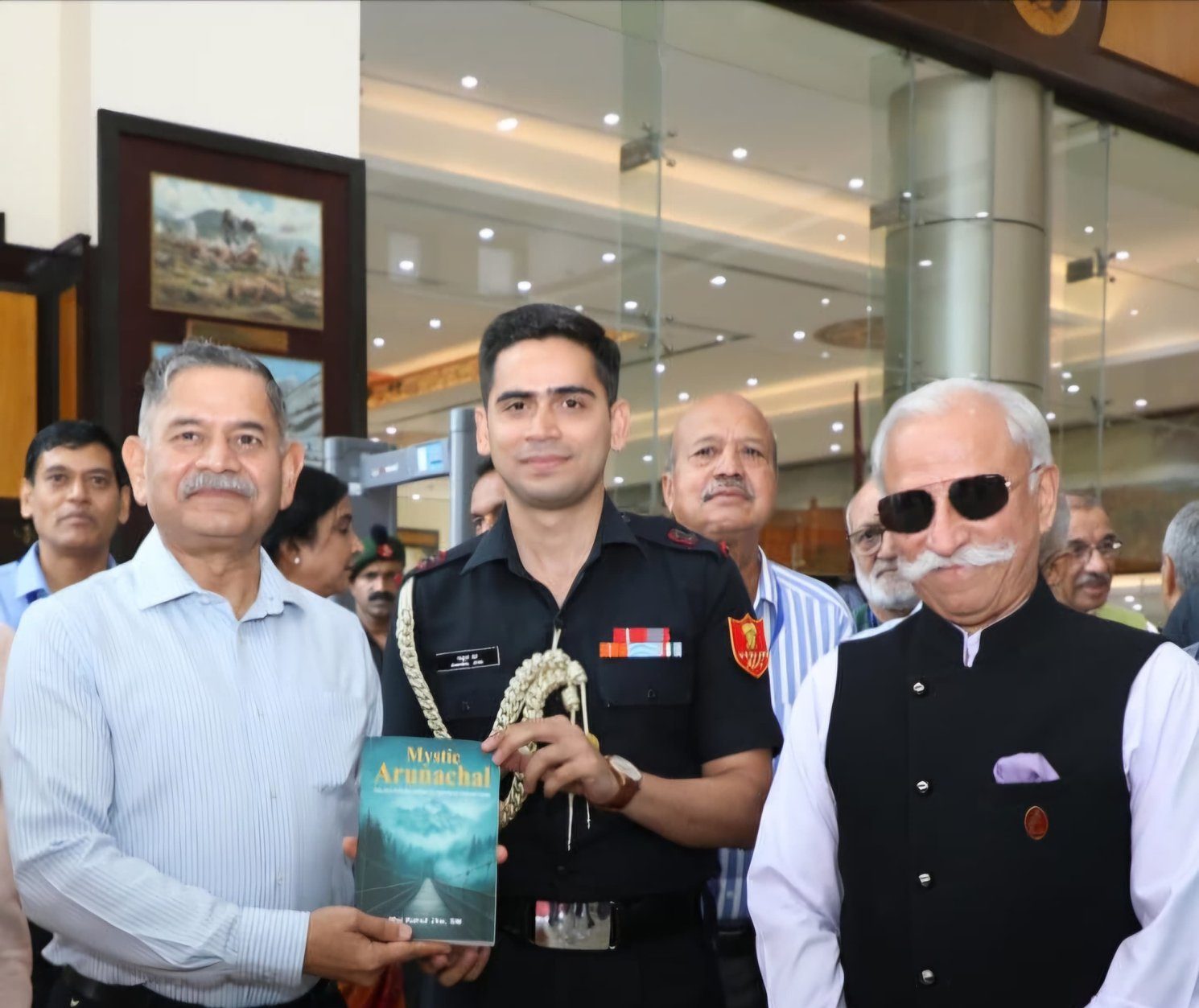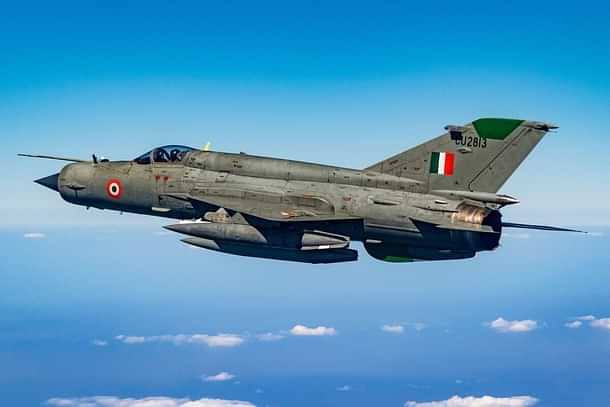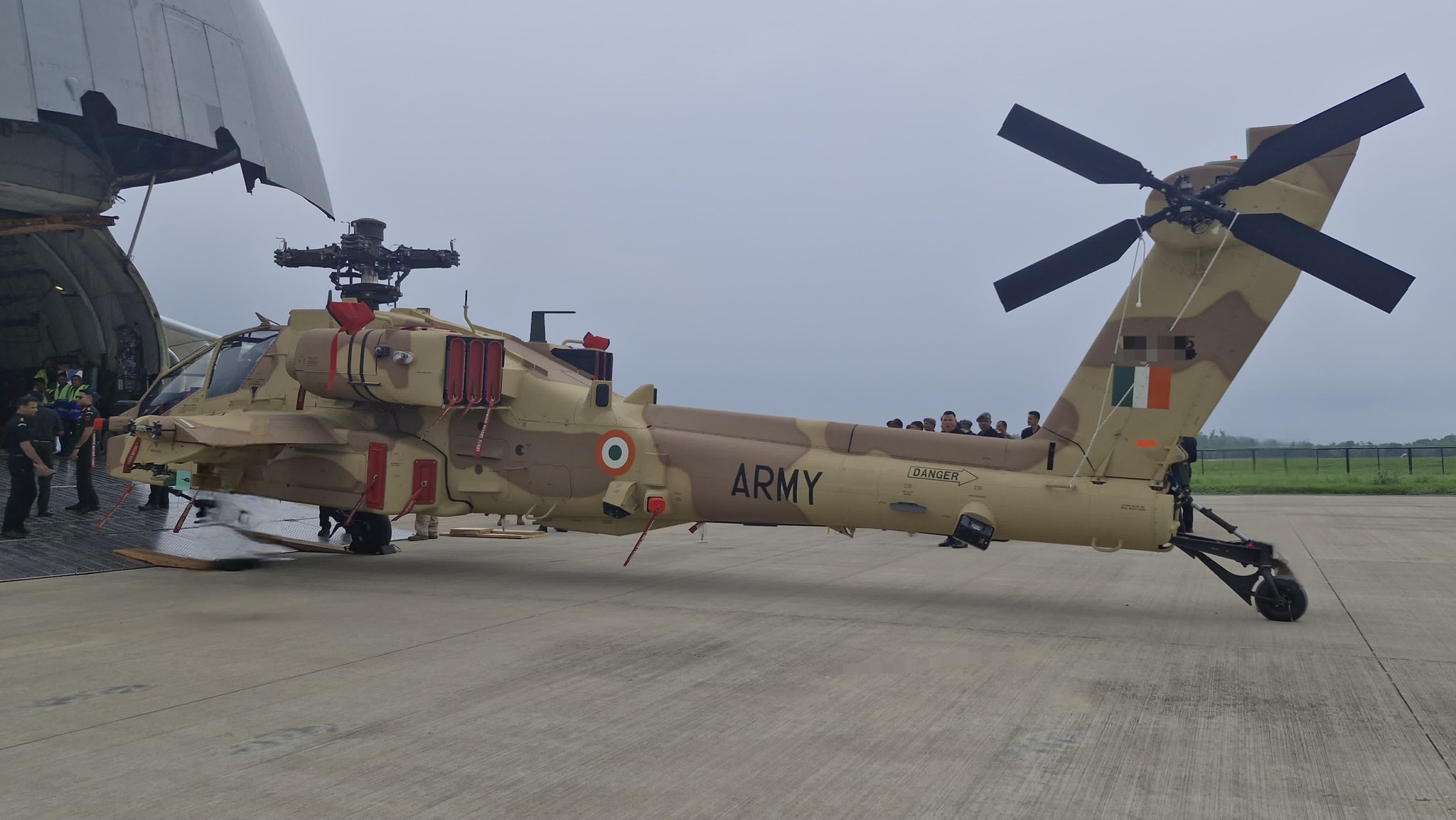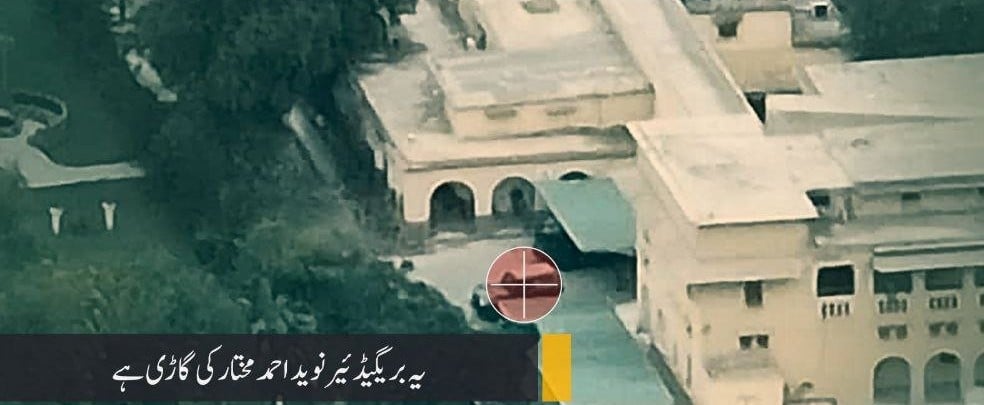Air India Plane’s Tail Catches Fire After Landing at Delhi Airport
An Air India flight arriving from Hong Kong experienced a fire in its auxiliary power unit (APU) shortly after landing…
Ex-Pak Army Officer Alleges Asim Munir Plotting Power Grab in Pakistan
Major (Retd) Adil Raja, a former officer of the Pakistan Army now living in exile in the United Kingdom, has…
Major Rahul Jha’s ‘Mystic Arunachal’ Presented to Army Chief in Cultural Outreach Event
In a notable cultural gesture, Chief of Army Staff General Upendra Dwivedi was presented with the book Mystic Arunachal: Tales…
MiG-21 Set for Final Flight as IAF Bids Farewell to Iconic Fighter
After more than six decades of service, the Indian Air Force’s legendary MiG-21 fighter jet will officially retire on September…
Indian Army Inducts First Batch of Apache Attack Helicopters
The Indian Army has received the first batch of AH-64E Apache attack helicopters from the United States, marking a significant…
TTP Claims Drone Strike on Bannu Cantonment Brigade HQ
The Tehrik-i-Taliban Pakistan (TTP) has claimed responsibility for a drone attack on the Brigade Headquarters inside Bannu Cantonment, a strategically…

